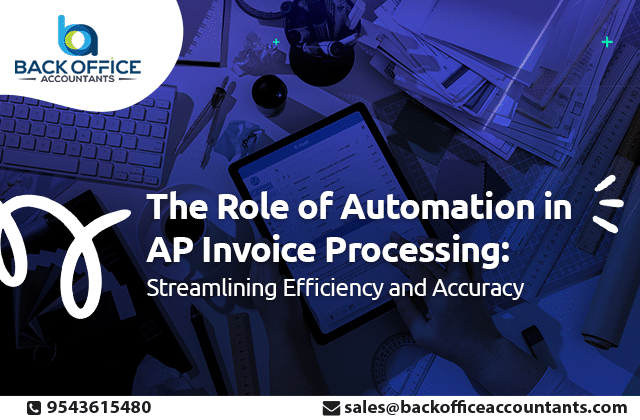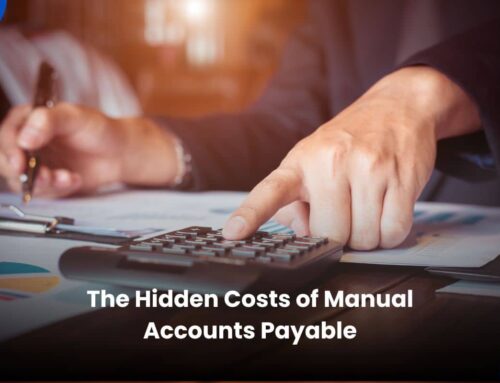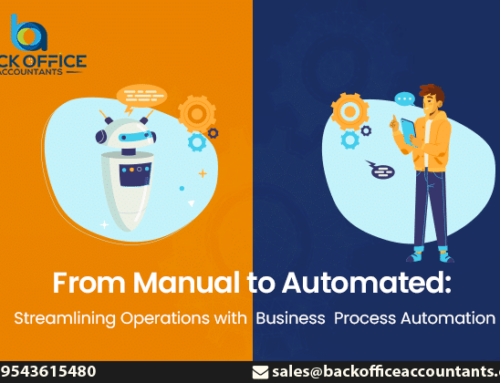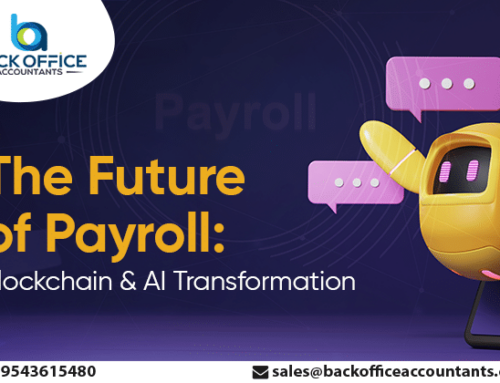Sticking to manual AP in 2024 is like using a calculator and receipts—error-prone, inefficient, and time-draining. Partial automation helps, but the manual component still causes bottlenecks. Full AP invoice processing automation requires the right tools, but many businesses are unaware or can’t afford it.
In this blog, we will address the common challenges businesses face. First, we’ll provide a thorough lesson on AP automation, covering its components, best practices, and benefits. Additionally, we will guide you through how to gain all these advantages, without the need to invest in setting up AP automation software yourself. Furthermore, you won’t even have to lift a finger in the process.
Why Automate Invoice Processing?
Invoice processing automation eliminates manual data entry, streamlining approval cycles and speeding up the process. The hidden benefit, however, is real-time invoice tracking, offering greater visibility into the entire process. This reduces gaps, saving hours of time and money. In short, AP invoice automation is essential for every business, not just an add-on. So, what does this end-to-end process involve? Let’s find out.
Key Components of End-to-End Invoice Processing
While invoice processing in a particular AP automation software tool may vary based on requirements, here’s what a general process of invoice processing in AP automation looks like:
- Optical Character Recognition (OCR):Extracts the invoice data from paper receipts or electronic invoices.
- Invoice Capture:Collects and consolidates invoices from all possible sources, which could be EDI, portals, and emails.
- Workflow Automation:Routes the complete set of invoices to the appropriate approvals. This process can be customized based on predefined rules and processes according to requirements.
- Data Validation:Automatically verifies the invoice information against receiving reports and purchase orders to eliminate errors.
- Payment Automation:Generates electronic payments for the reports and automates transaction reconciliation.
- Analytics and Reporting:Provides insights into AP performance, identifies gaps, and highlights areas of improvement for further optimization.
How to Automate the Current Invoice Processing?
An AP invoice processing automation software comes with all the components as an integrated solution. However, what most businesses fail to understand is that it is not a quick magic wand that immediately solves all issues. A business must follow a series of steps to correctly implement and fully leverage the benefits of AP automation software. Here are the best practices or steps for implementing invoice automation:
- Assess Your Current AP Process and Requirements:The AP process of every business varies according to their requirements. Each process has specific pain points they wish to alleviate and areas they need to improve. Having them all identified will be helpful when choosing the right AP invoice automation software or while customizing one.
- Choose the Right Technology and Involve Stakeholders:Having the right information about the current process will help businesses choose the technology that aligns with their needs and budget. This step also helps secure buy-in from procurement, finance, and IT departments.
- Training the Team:Training the AP team about the chosen AP technology is crucial yet often neglected. Training the staff helps accrue the right benefits without wasting time and becomes absolutely essential in the long run.
- Monitor and Optimize:Automation of AP invoice processing is a continuous process where the staff regularly improves the process, and this happens in gradual steps. The only way to enable continuous improvement is to continuously monitor and optimize the process.
For businesses aiming to get the full benefits of the AP invoice processing, all the above steps may seem like obstacles. If your business is in the same boat, there is one way to avoid these hurdles and reap the complete benefits of AP automation without shouldering any of the above steps: Outsourcing Accounts Payable Services.
Leverage the Full Benefits of Invoice Processing Automation: Outsource Your Accounts Payable Services
As a trusted back-office accounting firm specializing in AP automation services, we offer comprehensive end-to-end invoice processing and AP automation solutions for businesses across all industries. Moreover, by partnering with us, businesses can eliminate the burdens of manual processing, training, and monitoring of AP invoice processing. As a result, they can save both time and costs, allowing them to focus on their core operations.
Equipped with some of the most advanced automation solutions, we help you fully realize the benefits of AP automation by customizing our services to meet your specific requirements. If you’re looking to resolve the challenges of your current AP process and enjoy the advantages of automation, consider outsourcing your accounts payable services to us. Whether you need complete processing or specific parts, we offer tailored services that address gaps or provide end-to-end AP solutions according to your needs.
For more information on our outsourced accounts payable services, click here.







